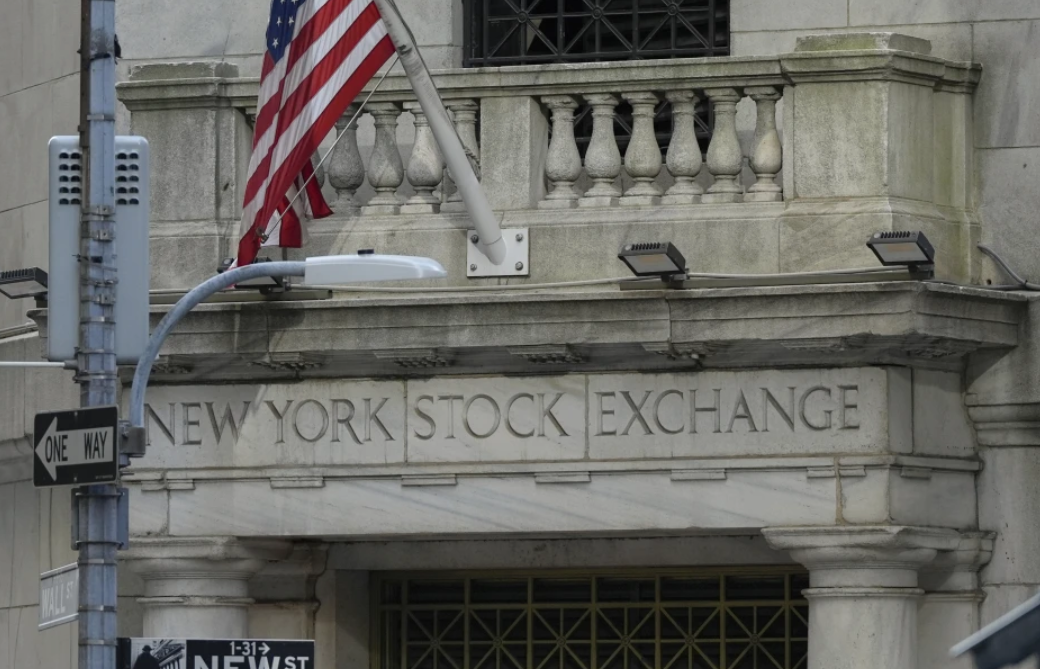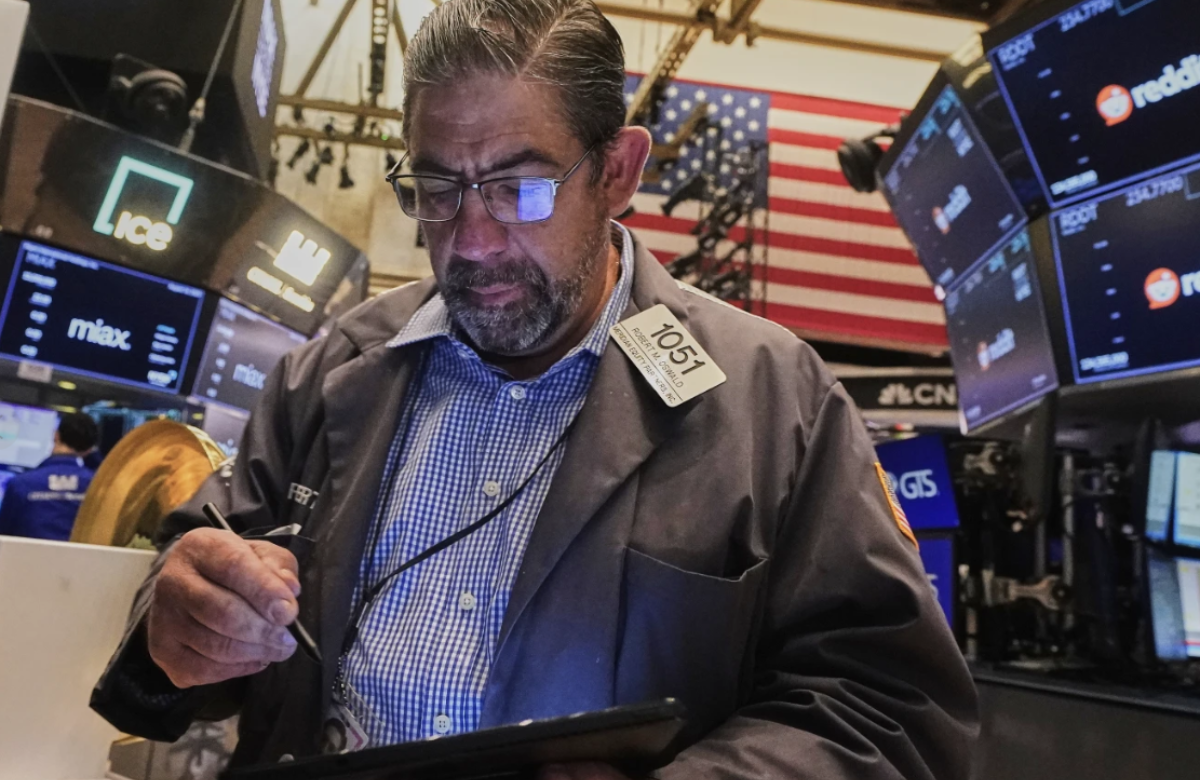U.S. stocks moved slightly higher Thursday in the final session of the shortened trading week. The S&P 500 gained 0.2% in early trading, helped by a rebound in tech stocks after Wednesday’s decline. The Nasdaq composite rose 0.1%, while the Dow Jones Industrial Average fell sharply, down 522 points or 1.3%. That drop was largely due to a steep fall in UnitedHealth Group’s stock.
UnitedHealth slid nearly 17% after reporting quarterly earnings and revenue that came in below expectations. The company also lowered its full-year outlook, citing higher-than-anticipated use of outpatient and doctor services by its Medicare Advantage customers.
Bond markets remained calm after last week’s turbulence, which had sparked concerns that international investors might be losing confidence in U.S. assets amid ongoing trade tensions.
Tech stocks led the market higher after Taiwan Semiconductor Manufacturing Co. (TSMC) posted earnings that met analyst forecasts. More notably, TSMC said it hasn’t seen any slowdown in customer demand due to U.S. tariffs, though it acknowledged risks remain. Shares of TSMC’s U.S.-traded stock rose 2.8%.
Pharmaceutical company Eli Lilly also gave markets a boost, jumping 13.6% after reporting promising results for a new daily pill aimed at treating obesity and diabetes.
These gains helped balance out UnitedHealth’s decline.
Uncertainty surrounding trade policy continues to hang over the broader economy. President Donald Trump has said tariffs are intended to bring manufacturing jobs back to the U.S. and reduce the trade deficit. However, economists warn that long-lasting tariffs could increase the risk of a global recession.
On Thursday, Trump sounded optimistic about trade discussions, posting on Truth Social that he had a “very productive call” with Mexico’s president and met with top Japanese trade officials. He added, “Every Nation, including China, wants to meet! Today, Italy!”
Still, the back-and-forth nature of Trump’s tariff strategy adds to economic uncertainty. On Wednesday, Federal Reserve Chair Jerome Powell noted that the scale of the tariffs has exceeded expectations, which could slow the economy and push inflation higher. Powell emphasized that the Fed is taking a wait-and-see approach on interest rate decisions.
Trump was quick to criticize the Fed again Thursday, calling it “always TOO LATE AND WRONG” and saying, “Powell’s termination cannot come fast enough!” Such comments could unsettle investors, as the Fed’s independence is seen as key to maintaining confidence in U.S. markets.
Meanwhile, the 10-year Treasury yield dipped slightly to 4.28% from 4.29% the day before.
Economic data released earlier in the day painted a mixed picture. Jobless claims came in lower than expected, suggesting the labor market remains steady. However, a separate report showed that manufacturing activity in the mid-Atlantic region unexpectedly contracted.
Overseas, European markets slipped despite the European Central Bank cutting its main interest rate—something typically seen as positive for stocks, though this move was widely anticipated. In Asia, stocks climbed, with gains of 1.6% in Hong Kong and 1.3% in Japan.
Trump, alongside Treasury Secretary Scott Bessent and Commerce Secretary Howard Lutnick, met with Japanese officials in Washington on Wednesday to discuss trade.














